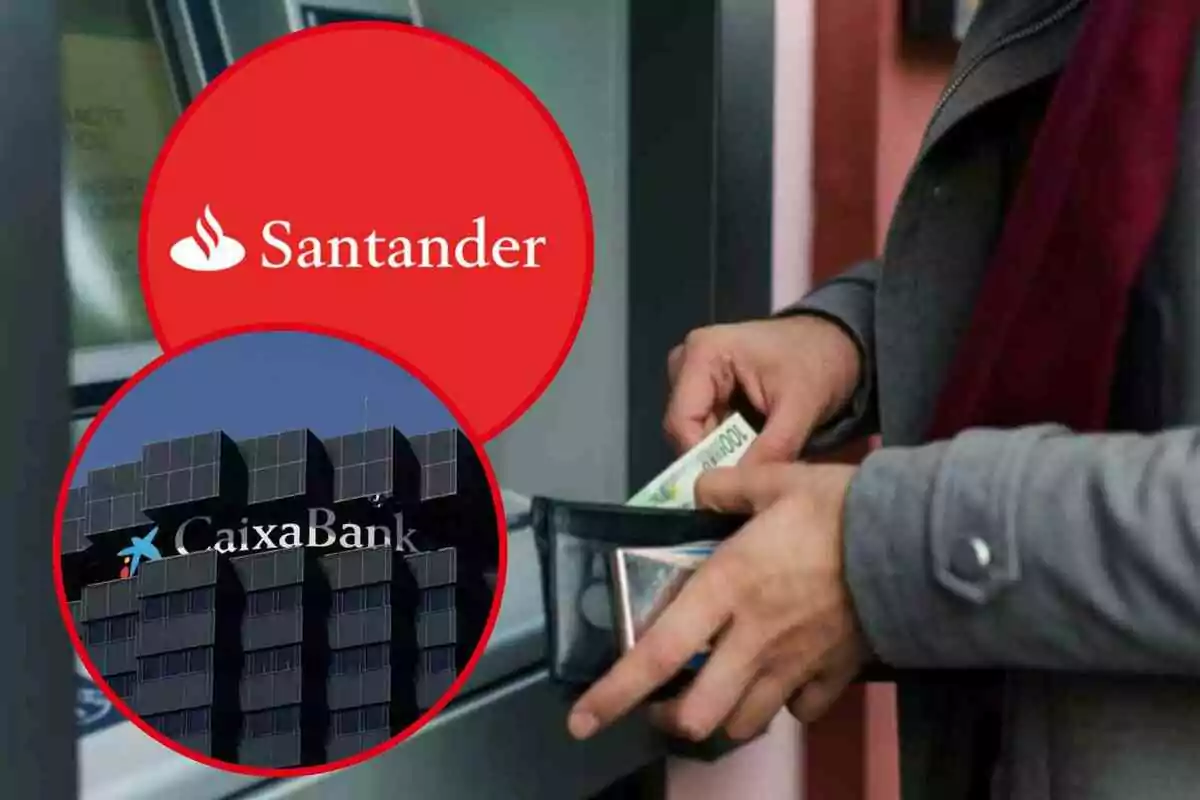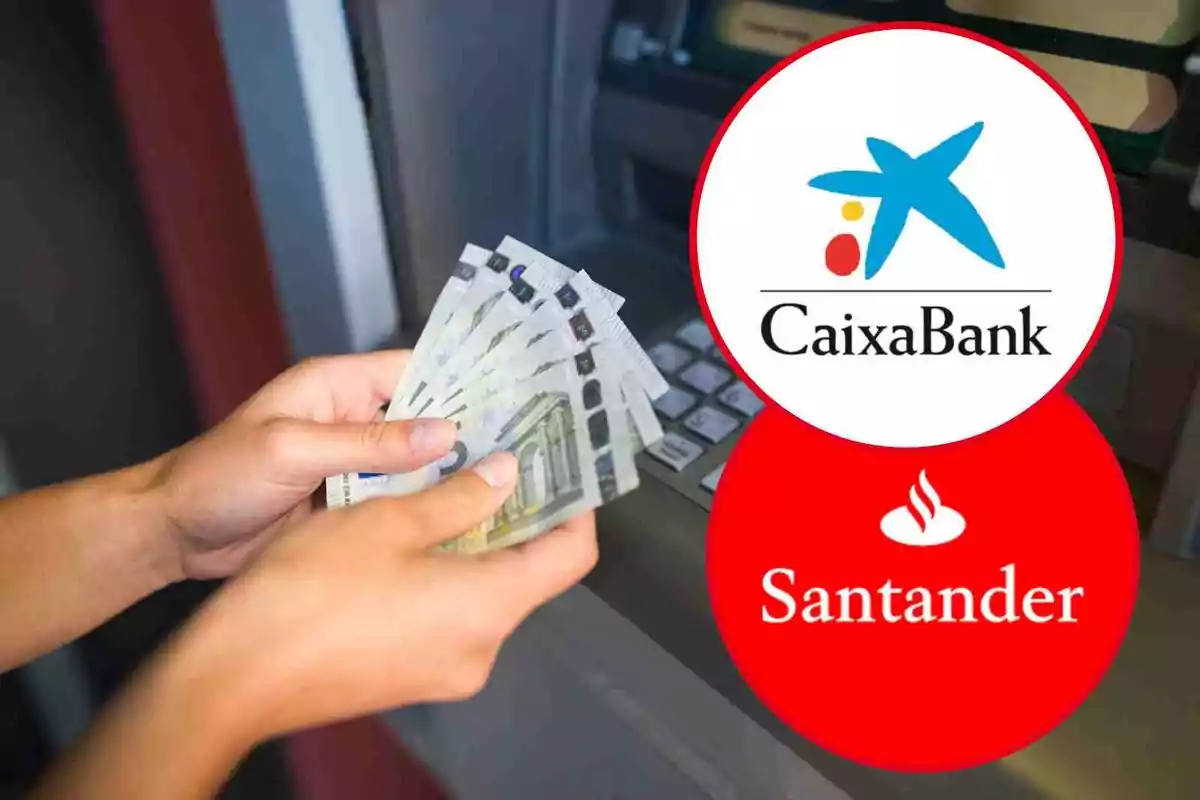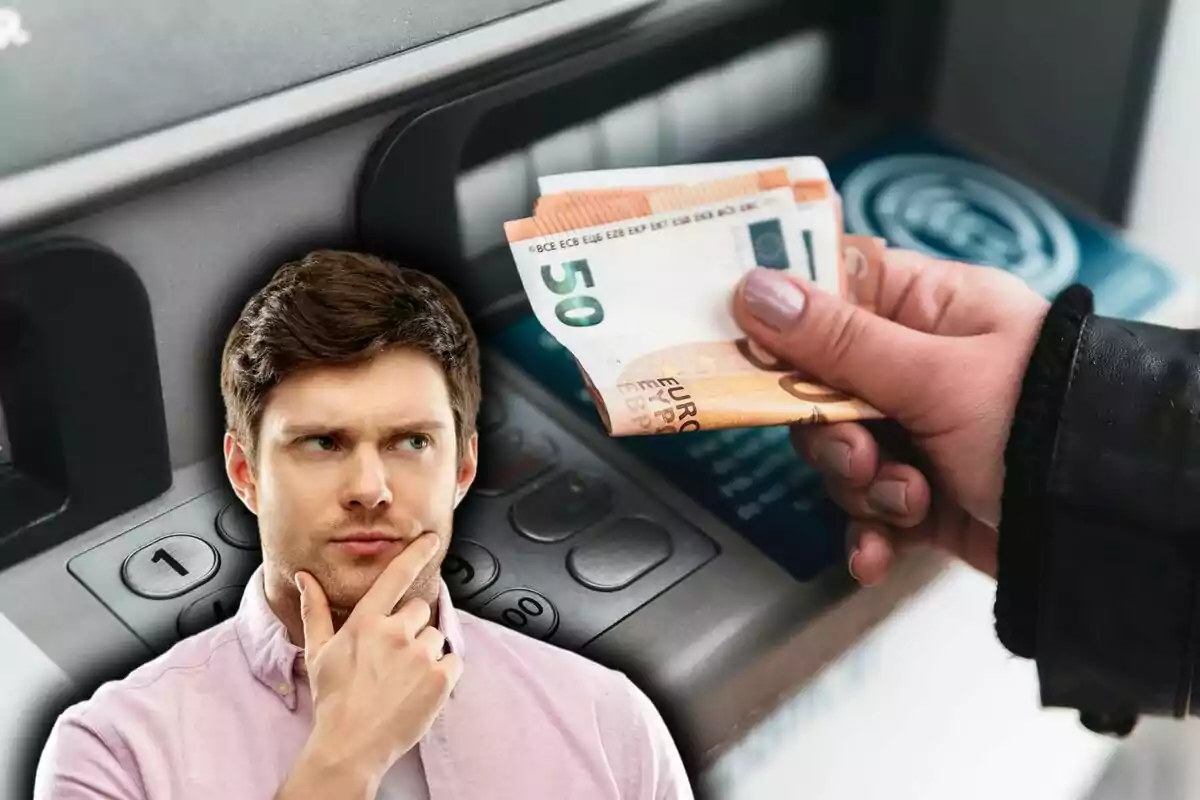
Urgent statement from Banco Santander and CaixaBank: if you use the ATM, this concerns you
Banks set a series of limits when withdrawing cash from ATMs.
Banco Santander and CaixaBank want to inform their customers about the limits imposed when withdrawing cash from ATMs. If you operate with these entities, it's essential that you know the new restrictions that could affect your cash withdrawals.
It's true that the Treasury recommends declaring any money movement over 1,000 euros (1,000). It does so as a preventive measure against tax fraud and money laundering. But each bank has the freedom to set its own limits, always within certain parameters established by the regulations.
In this regard, Banco Santander has set the maximum limit at 3,000 euros (3,000), which could be withdrawn from different ATMs. Meanwhile, CaixaBank has established a lower limit of 1,000 euros (1,000), compared to BBVA's 2,000 euros (2,000), reports Tododisca.

Why Banco Santander and CaixaBank set limits at ATMs
The reasons that have led Banco Santander and CaixaBank to implement these limits are diverse. One of the main reasons is security. ATMs are designed to handle large amounts of cash, but not in a single transaction.
If a user tries to withdraw an excessive amount of money, like 10,000 euros (10,000), it could generate risks for both the bank and the customer. The security systems of the ATMs are configured to prevent fraud or theft. And withdrawing large sums of money at once could jeopardize these protective measures.
Additionally, banks can't allow ATMs to be emptied with just a few transactions. These devices need to maintain a constant flow of cash so that other customers can make their withdrawals without issues. Hence, the maximum amount that can be withdrawn per transaction is limited.
If you need to withdraw an amount exceeding 3,000 euros (3,000), whether at Banco Santander or CaixaBank, you'll have to go to a bank employee. The operation won't be as simple as doing it directly at the ATM. Additionally, the bank will ask you for proof of the reason for withdrawing large sums of money.

It must be sent to the Treasury as part of the money control regulation and prevention of financial crimes.
The role of the Treasury and the control of movements
The Treasury's regulations don't establish an exact figure. But it recommends that any operation exceeding 1,000 euros (1,000) be communicated to the Tax Agency. This is done as a control measure against tax fraud and money laundering.
It's important to note that, in addition to the limitations of each bank, cash withdrawal operations are supervised by the tax authorities. They may request additional information if they detect unusual movements.
More posts: